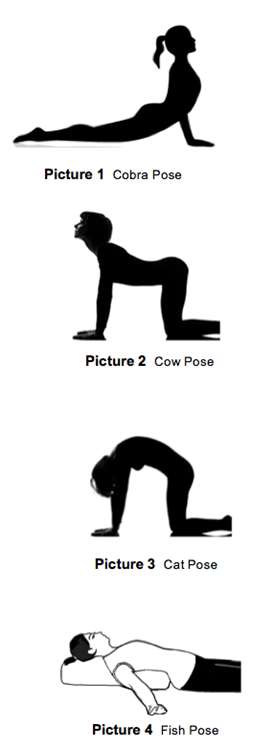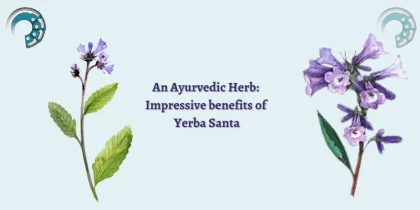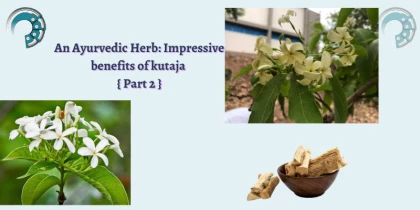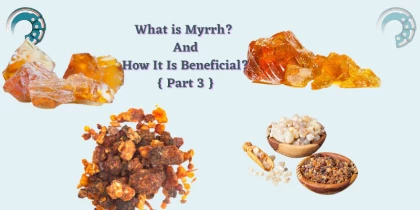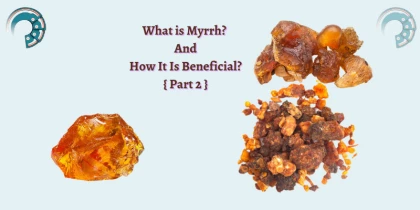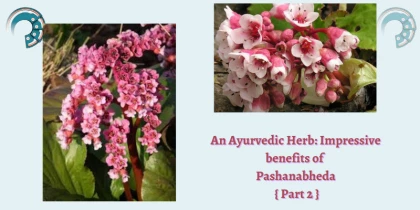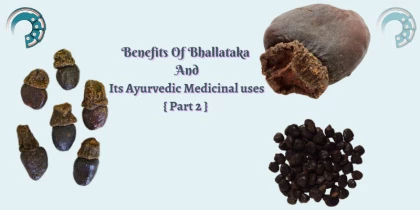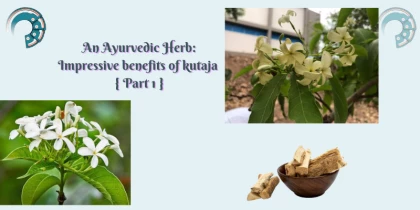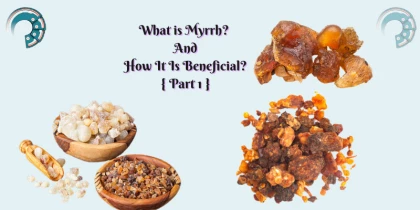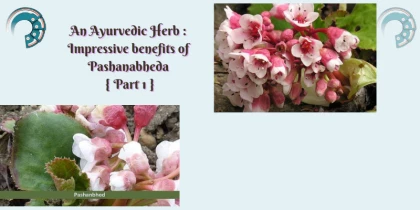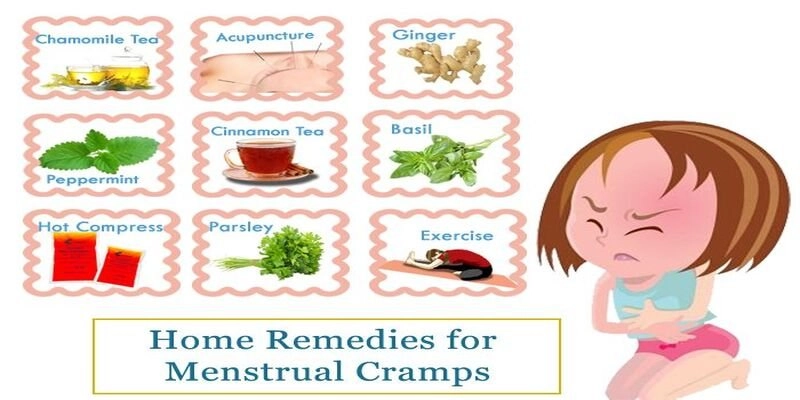
Easing Menstrual Cramps By Using Home Remedies
Why menstrual cramps happen ?
It’s common to feel discomfort around your abdomen, lower back, and thighs when you’re menstruating.
During your period, the muscles of your womb contract and relax to help shed built-up lining. Sometimes you’ll experience cramps, which means your muscles are at work. Some people may also experience:
-
nausea
-
vomiting
-
headaches
-
diarrhea
Doctors are not sure why some people who menstruate experience painful symptoms and others don’t. Some factors associated with more intense pain include:
-
having a heavy menstrual flow
-
having your first child
-
being under the age of 20 or just starting your period
-
having an overproduction of or sensitivity to prostaglandins , a type of compound in the body that influences your womb
Other factors include:
-
growths in your uterus
-
endometriosis (abnormal uterine tissue growth)
-
use of birth control
For mild to temporary cramps, some home remedies can help provide relief. Read on for tips on getting fast relief, and learn how to potentially lessen the pain during your next cycle.
1.OTC

The primary over-the-counter (OTC) form of pain relief recommended for menstrual pain and heavy menstrual bleeding. NSAIDs include ibuprofen and naproxen.
These drugs help lower your body’s production of prostaglandin. NSAIDs are not as effective as oral contraception at lowering prostaglandin, but they can help reduce pain.
2.Applying heat
Applying heat to your abdomen and lower back may relieve pain. heat therapy (usually a heat patch or pack) was as effective at treating menstrual pain as NSAIDS. It also may cause fewer side effects. However, the authors noted that more research is needed.
If you don’t have a hot-water bottle or heating pad, take a warm bath or use a hot towel. Or, you can make your own heating pad.
-
Cut and sew together two pieces of fabric, leaving a hole at the top.
-
Fill with uncooked rice and sew up the hole.
-
Microwave for a few minutes to the desired temperature. Don’t overheat!
-
Let cool, if necessary. Or, wrap your homemade pad in a towel to reduce heat transfer. Reuse as necessary.
Learn more about the best heating pads here . You can also purchase a heating pad online .
3.Massaging with essential oils
Massage therapy for about 20 minutes can help.
Massage therapy for menstruation involves pressing specific points while the therapist’s hands move around your abdomen, side, and back.
Adding essential oils for an aromatherapy style of massage may have additional benefits.
A found that massage therapy and aromatherapy can reduce menstrual pain. Some essential oils that may help include:
-
lavender
-
peppermit
-
rose
-
fennel
You can buy a scented massage oil with similar ingredients or make your own.
You should always dilute your essential oil with a carrier oil. Examples include vegetable or nut oils, such as grapeseed or sweet almond oil. A safe concentration is one drop of essential oil per teaspoon of carrier oil.
4.Having an orgasm
While there are no clinical studies on the direct effect of orgasms on menstrual cramps, science suggests it may help.
Vaginal orgasms involve your whole body, including your spinal cord, which signals the release of neurotransmitters. A vaginal orgasm can trigger your brain to release neurotransmitters such as endorphins and oxytocin. Endorphins can decrease pain perception.
5.Avoiding certain foods

During menstruation, it’s a good idea to avoid foods that cause bloating and water retention. Some of the biggest culprits include:
-
fatty foods
-
alcohol
-
carbonated beverages
-
caffeine
-
salty foods
Reducing or cutting out these foods can help alleviate cramps and decrease tension. Try soothing (caffeine-free) ginger or mint teas or hot water flavored with lemon instead. If you need a sugar fix, snack on fruits such as strawberries or raspberries.
Caution
Always make sure you’re buying herbs and supplements from a reputable source, as they are not regulated. While most of these herbal remedies have few side effects, check with your doctor before trying them.
Some herbs may also cause unintended side effects, especially if you’re taking medication. Most of these herbs and supplements also do not include specific instructions for menstrual periods. Your doctor may have more information on dosage recommendations.
How diet and exercise can help in the long run
Maintaining a healthy diet and keeping up a regular exercise regimen can go a long way toward preventing menstrual pain. A 2016 studyTrusted Source of 250 women found significant differences between period pain in women who maintained a nutritious diet, exercised regularly, and reduced stress.
Read on for specific diet and exercise tips.
Diet
Generally, a diet geared toward decreasing menstrual pain should be high in minimally processed foods, fiber, and plants.
Give these foods a try:
-
Papaya is rich in vitamins.
-
Brown rice contains vitamin B6, which may reduce bloating.
-
Walnuts, almonds, and pumpkin seeds are rich in manganese, which eases cramps.
-
Olive oil and broccoli contain vitamin E.
-
Chicken,fish and leafy green vegetables contain iron, which is lost during menstruation.
-
Flaxseed contains omega-3 with antioxidant properties, which reduce swelling and inflammation.
Boron
Boron is a mineral that helps your body absorb calcium and phosphorus.It also reduces menstrual cramps.
A 2015 study that looked at 113 university students found that boron reduced the intensity and length of menstrual pain.
Foods with high concentration of boron include:
-
avocados
-
peanut butter
-
prunes
-
chickpeas
-
bananas
Water
It sounds odd, but drinking water keeps your body from retaining water and helps to avoid painful bloating during menstruation. Warm or hot water is usually better for cramps, as hot liquids increase blood flow to your skin and may relax cramped muscles.
You can also increase your hydration by eating water-based foods, including:
-
lettuce
-
celery
-
cucumbers
-
watermelon
-
berries, including strawberries, blueberries, and raspberries
Calcium
This mineral can help reduce muscle cramping during menstruation. Foods high in calcium include:
-
dairy products
-
sesame seeds
-
almonds
-
leafy green vegetables
Exercise
The idea of exercising immediately before or during your period may not appeal to you, but exercise releases endorphins.
Research suggests exercise is effective at reducing menstrual pain to the extent it may also eliminate or reduce the need for pain-relief medication.
Moderate activity such as walking can be beneficial during your period in place of more strenuous activity.
4 Yoga Poses to Relieve Cramps
Yoga is a gentle exercise that releases endorphins and can help prevent or reduce menstrual symptoms.
One studyTrusted Source compared the effects of aerobic exercise and yoga on PMS symptoms. The researchers found that both yoga and aerobic exercise significantly reduced PMS symptoms and pain intensity. However, yoga was more effective than aerobic exercise at reducing symptoms. Helpful yoga poses for PMS may include:
-
Cat-Cow pose
-
Child’s pose
-
Plank pose
-
Cobra pose
Food for period pain
Certain dietary changes can also help to make this dreaded time of the month less excruciating and ease your menstrual cramps.
Fennel seeds
Fennel relieves cramps and discomfort associated with premenstrual syndrome and menstruation by helping restore the balance of female hormones. It is also a natural diuretic and digestive aid and helps reduce water retention and bloating.
Cinnamon
Cinnamon has anti-inflammatory and antispasmodic properties that help relieve cramps, which is the most common issue faced by women. The spice also contains calcium, manganese and iron, making good for digestion and blood sugar control as well.
Apple cider vinegar
This reduces PMS symptoms like bloating, water retention, cramping, headaches, irritability and fatigue.
Flaxseeds
This contains omega 3 fatty acids that have been found to be helpful in reducing PMS symptoms like depression, anxiety, bloating, breast tenderness and headaches. In addition, they contain lignans that block excess oestrogen and balance hormone metabolism.
Ginger-honey tea
Tea is known to relieve muscle spasms and reduce the tension that leads to anxiety and irritability. A cup of ginger-honey or chamomile will soothe nausea and bloating.
Bananas
This fruit reduces water retention and bloating while keeping you calm. Bananas are rich in vitamin B6, magnesium and potassium, making them a perfect snack for those painful days.
Spinach
Leafy green vegetables are a superfood and should be included in your diet. Spinach delivers a mega load of magnesium. Just one leafy cup provides 40 percent of your daily value — so try subbing it for lettuce on sandwiches and salads. Or whip up a hot side of wilted spinach to pair with your next PMS-busting dinner. It not only helps with cramps but is also a great source of calcium.
Almonds
It's important to get enough protein and fiber during your menstruation as this helps even your blood sugar, in turn reducing cravings.
Whole wheat
Like spinach, whole grains are an excellent source of magnesium, which helps to reduce muscle tension, and contain vitamins B and E that chase away the fatigue and depression
Oranges
Studies reveal that women who receive a larger amount of calcium and vitamin D are likely to experience less intense PMS symptoms. This is because Calcium reduces depressive and anxious feelings in the brain while vitamin D regulates the enzyme that converts tryptophan into serotonin, a neurotransmitter that helps regulate moods.

